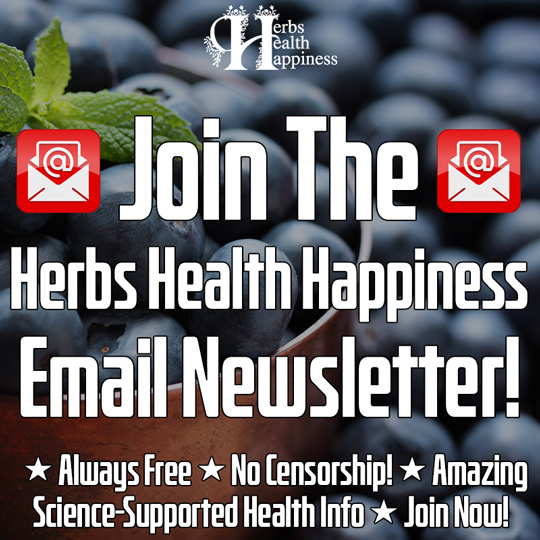Migraine Reliever Smoothie
Graphic © herbshealthhappiness.com Try this juice blend and see if it helps. (not medical advice or a substitute for such.) Pineapple: Pineapple contains vitamin B that helps improving brain functioning and brain health. Kale: Kale is rich in vitamins and …


